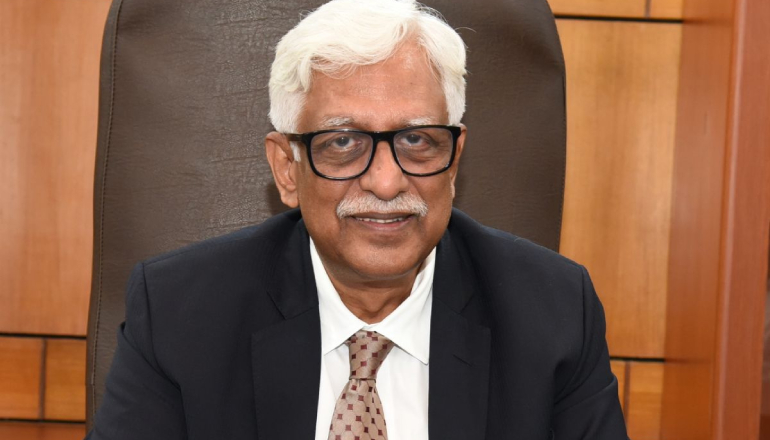Coal India has plans to expand its renewable energy capacity by adding 5 gigawatts (GW) by 2028.
Additionally, the company is looking to set up pump storage projects in its depleted open-cast mines. It is various stages of dialogue with various countries for the acquisition of critical mineral assets in an effort to diversify its portfolio of green energy projects, affirmed Debasish Nanda, Business Development Director, Coal India.
“We have targeted the four states – Rajasthan, Gujarat, Maharashtra, and Karnataka –which are supposed to give 50% of the total solar power to India,” said at the BloombergNEF summit recently.
According to Nanda, the company has put 150 megawatts (MW) of solar capacity into service, and another 450 MW are in various stages of completion and should be put into service by the end of FY25.
“We may even have a 300 MW Gujarati tender. Tenders for 2,100 MW from Rajasthan are anticipated by the end of October. We will have everything set up, then. The procedure has begun. We are confident that we will finish this 5 GW well before 2029. The project will be finished by 2028.”
The expansion is a part of the company’s strategy to diversify its green energy portfolio. It is also exploring the development of pump storage projects in its depleted open-cast mines.
It must be noted that coal Central Public Sector Enterprises (CPSEs) are exploring renewable energy alternatives to contribute to the global energy transition.
Abandoned Mines
Last year, the government said that it has identified 20 abandoned mines for evaluation and feasibility study for developing pump storage projects in these. It has also directed stakeholders for consultation with agencies who may be interested in undertaking such projects. The business model like EPC (Engineering, procurement, and construction) contracts or PPP (public-private partnership) can be established for developing pump storage plants.
ICICI Direct, in an analyst report on the development, asserted that the CIL aimed to diversify its business by expanding into renewable energy and critical minerals.
“It has already commissioned 150 megawatts (MW) of renewable energy (solar power), with an additional 450 MW in various stages of development and expected to be operational by the end of FY25. Additionally, the company has secured a 300 MW tender from Gujarat. Moreover, it is exploring mines for lithium in Argentina, Bolivia, and Chile. We remain positive about Coal India’s long-term prospects, driven by the company’s ambitious goal of achieving 1000 MT of coal production by FY26, robust demand from the power sector, investments in new technology domains such as coal gasification, inexpensive valuation, and healthy dividend yield,” ICICI said in the report.
India’s coal sector provides 55% of its power needs, with Central Public Sector Enterprises (CPSEs) like Coal India Limited, NLCIL, and SCCL fueling economic growth while aligning with broader human interests. These enterprises face a dual challenge of meeting energy demands while promoting sustainability, and contributing to societal well-being.
Coal CPSEs ensure energy security, supporting nations and contributing to economic growth. They embrace Corporate Social Responsibility (CSR) and invest in community development, education, and healthcare. They form lasting partnerships beyond mining sites, promoting progress in education, health, nutrition, environment, sustainability, livelihood, and community empowerment.

